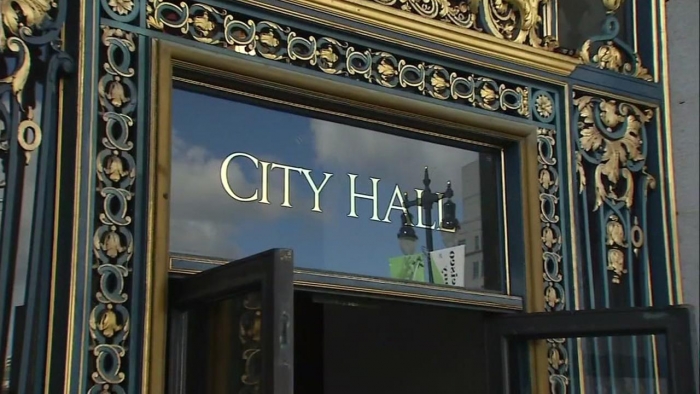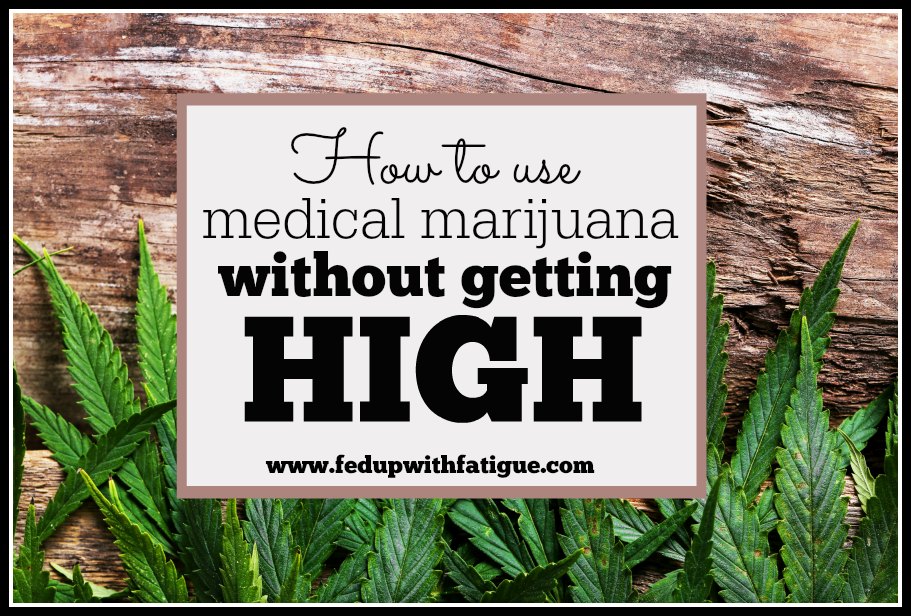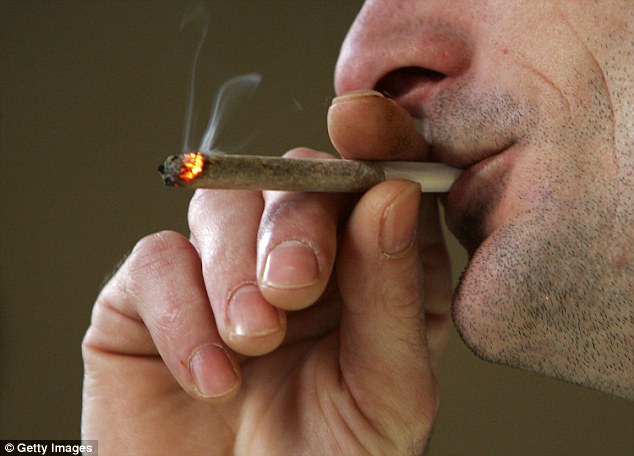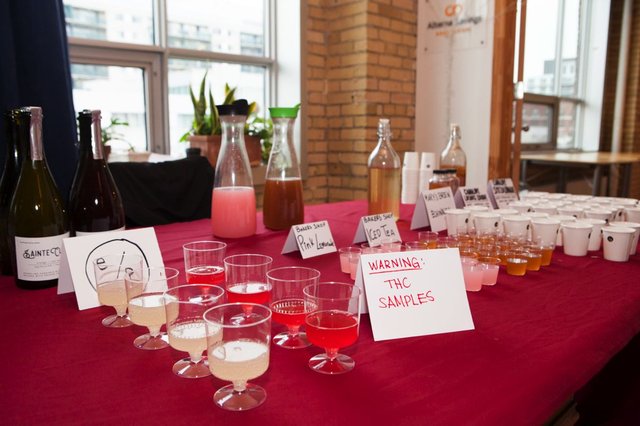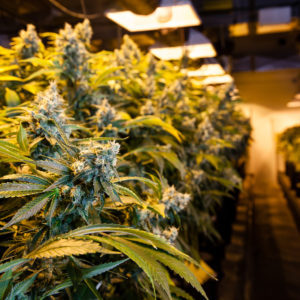Even if the only connection you have to cannabis is through movies, you probably know what bongs, joints and bowls are. But stepping into a medical or recreational dispensary for the first time also means encountering a whole new language.
We spoke with cannabis educators Emma Chasen and Kristen Williams to help us make sense of the weed-alphabet soup. Chasen is Director of Education for the Portland, Oregon-based educational resource hub Sativa Science Club, and Williams is the founder/CEO of the prohibition-state-focused holistic wellness organization Hempsley, based in Columbia, Missouri. Read on for definitions of (and commentary on) 20 of the most common words and phrases from CBD to THC.
Cannabinoid
The main class of secondary compounds found in cannabis that drive the overall experience. “I like to use the analogy of a car, where the cannabinoids are kind of like the engine,” says Chasen. “They are creating the experience, both psychoactive and medicinal, so they are primarily responsible for the intoxicating, kind of cerebral high that we all know, and love, from cannabis.”
But that’s not all. They are also are responsible for what are said to be cannabis’ many medicinal properties—anti-spasmodic, anti-convulsant, anti-proliferative, cancer-fighting, anti-inflammatory, pain-relieving, and more.Williams adds that while THC and CBD are the two primary cannabinoids, there are more than 100 found in cannabis.
Cannabis/Hemp/Marijuana
“Cannabis is the overarching plant,” says Williams, “and hemp and marijuana are two words we’ve assigned to distinguish a particular cannabis plant’s cannabinoid profile from another.” Hemp, adds Chasen, is a legal subspecies of cannabis that has a measurable concentration of CBD (and less than 0.3 percent THC, per Williams), but also has been primarily bred for fibers and proteins rather than its secondary compounds.
Chasen notes that hemp took a different breeding pathway than the drug-cultivar cannabis (also known as marijuana—although the use of that word is falling out of favor in light of its racist history). “The drug cultivar cannabis, or as people say, marijuana, refers to weed that is THC-dominant, that has a high level of THC.”
Hemp is accessible nationwide, but Chasen adds that it’s important to make sure your hemp-derived products are being tested for pesticides and potency, “that you’re not just getting snake oil.” The best way to do this is to contact the company directly and ask if they test their products. Chasen says if they do, they are usually very happy to disclose those test results. If you can’t get in touch with company directly, research the company, its practices and products through other sites, and read customer reviews.
CBD
Stands for cannabidiol, the second-most prominent compound found in cannabis besides THC. It is a cannabinoid that binds to our endocannabinoid receptors, and induces a multitude of signaling pathways. Chasen says, “It also hits on many other receptors in our body, so it has the ability to engage with or alter the confirmation of our opioid receptors, our serotonin receptors, our TRPV1 receptors—which are responsible for allowing us to feel and sense pain—and other kinds of senses in the natural world.”
This is why CBD is thought to have so many medicinal properties and has been linked to physiological properties such as anti-inflammatory, anti-anxiety, anti-depression, pain-relieving, anti-spasmodic, immune-modulation and immune support, anti-convulsant, and anti-proliferative.
Chemotype
This is the actual chemical compound found inside any organism, or in this case, inside cannabis. “Those chemical compounds are the ones that will ultimately influence and direct the overall experience felt from consumption,” Chasen says.While much of the industry has relied on terms like indica and sativa to define experiences, chemotype and the secondary compounds most typically found in cannabis’ chemotype, cannabinoids and terpenes, are showing up in more and more dispensaries.
Chasen says that while most dispensaries still label their cannabis flower as indica/sativa/hybrid, many dispensaries also display the THC/CBD concentrations by percentage. These concentrations are examples of the product’s chemotype, and will give you a clue as to the type of experience it will produce. In addition, some dispensaries include the total percentage of terpenes on their product labeling, and if so, you can ask staff members to further explain the influence those terpenes may have on the overall experience.
Indica/Sativa
Indica and sativa are both scientific terms that define different species of the cannabis plant. Chasen describes indica as a plant that grows short, bushy to the ground, with a really dense flower structure and broadleaf variety leaves. Alternatively, she says, sativa is a plant that grows tall, skinny, with loose flower structure and narrow leaves.
Ingestion
Unsurprisingly, ingestion is a primary method of consuming cannabis that includes anything you swallow that is digested and metabolized by your body, such as edibles, tinctures or teas.
When it comes to ingesting edibles, Williams cautions to keep in mind what and how much you’ve eaten around the time you’re going to consume. “Cannabinoids bind to fat, so if you’ve been eating a fatty meal, THC and CBD are going to be able to bind to those and be digested more properly and be better received by your body,” she says. “Eating on an empty stomach can cause your body to kind of freak out a little bit. It doesn’t know what to do with it because it doesn’t have fatty foods that it can bind too.”
Inhalation
Inhalation is another primary method of consuming cannabis by way of smoking or vaporizing. “Smoking involves igniting cannabis, and whenever you do that, there’s a combustion that happens, and only about 12 percent of what you’re inhaling is actually beneficial because you’re destroying a lot of the cannabinoids and other beneficial compounds that are in the plant at that point,” says Williams.
On the other hand, she explains, vaporizing involves heating cannabis to release its beneficial compounds without creating that harmful combustion. “You’re getting all those benefits but you’re not having the extra stuff that’s being combusted coming into your lungs so it’s considered a healthier way to use the method of inhalation.”
Intoxicating/Non-Intoxicating
THC is intoxicating, meaning it gives a “cerebral high,” says Chasen. CBD is non-intoxicating. While product labels don’t typically specify intoxicating or non-intoxicating, if you know the THC/CBS concentration percentages, you will have a good idea of how intoxicating the experience may be.
Mucosal
The term ‘mucosal’ covers any product that is absorbed through a mucous membrane. Under-the-tongue tinctures, bath soaks and suppositories are all common mucosal delivery methods. “They act faster than ingesting,” says Williams. “Because it’s being absorbed through the mucous membrane, it’s able to enter the blood stream more quickly than [if it were] being digested and processed by your digestive system and metabolized.”
Psychoactive/Non-Psychoactive
The dictionary definition of psychoactive is something that affects the mind. Though CBD is often said to be “non-psychoactive,” both it and THC arepsychoactive, says Chasen, because they bind to receptors in the brain and affect the mind. Typically when people refer to CBD as non-psychoactive, they actually mean non-intoxicating because it doesn’t cause the type of cerebral intoxicating “high” that THC does.
Sublingual
Another way to talk about under-the-tongue delivery.
Terpene
These are the aromatic compounds found in all plants. Terpenes, says Williams, give plants their smells and flavors, and when it comes to cannabis, dictate what type of high you’re going to have.
THC
This is the primary cannabinoid found in cannabis. As Chasen explains, it is the most abundantly found cannibinoid because people have specifically been breeding for high THC over the last century, thanks to its cerebral psychoactive experience.
It’s worth noting that an overdose of THC definitely can cause a lot of anxiety, paranoia, elevated heart rate, bloodshot eyes, dry mouth and “all those things associated with a not-so-fun cannabis experience.” If you do end up in that unhappy place, Dr. Margaret Gedde, a physician who provides medical marijuana services through Vibrant Health Clinic in Colorado Springs, suggests drinking water and waiting it off, or taking CBD to counteract the THC.
Topical
This term covers anything you put on the surface of the skin. Think lotions, balms and sprays. “Because topicals don’t typically cause intoxication, even if they have THC in them […] you don’t have to consider the THC and CBD ratio for concerns of intoxication,” says Williams, only for their varying therapeutic properties, such as headache or muscle pain relief. The one exception to this rule is transdermal topicals, which are intended to deliver a specific dose through the skin and can cause a high.
Anything designed to pass through the skin and into the blood system. Williams says there are transdermal patches and gels for use on the wrist or venous areas of the body. Unlike other basic topicals, transdermal topicals offer more accurate dosing along with longer periods of pain relief (all day or all night versus 4-6 hours).
credit:lifehacker.com





